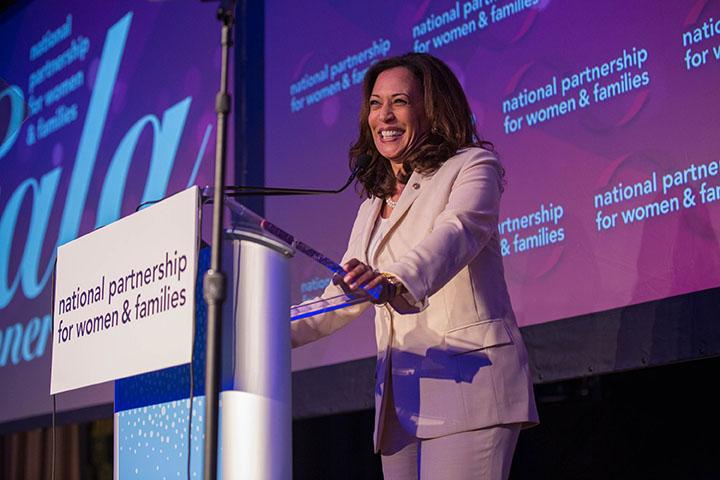Statement of Jocelyn Frye, President of the National Partnership for Women & Families WASHINGTON, D.C. – June 28, 2024 – Today, the Supreme Court upended sound, longstanding, legal precedent that has provided protections for everyday people for decades...

The Gender Wage Gap is a Symptom We Cannot Ignore
Cross-posted from Huffington Post
Today is Equal Pay Day – the day that marks how far into 2017 women have had to work to be paid the same amount men were paid in 2016. It’s a stunning indication that something is seriously wrong, and a time to ask what we’re doing as a nation to fix the problem. Have we strengthened protections against pay and pregnancy discrimination? Raised wages and safeguarded workers’ time through overtime and scheduling protections? Advanced policies that enable people to manage job and family, such as paid family and medical leave and paid sick days?
So far this year, the painful answer to each of these questions is “no,” despite clear public support for these actions and evidence that they would help our country in significant ways. Gender wage gaps persist in all 50 states and at least 94 percent of the country’s congressional districts. And the damaging consequences continue to ripple throughout our workplaces, families, communities and the economy, causing great, lasting harm.
Overall, women in the United States today are paid just 80 cents for every dollar paid to men — an annual loss of nearly $10,500. Compared to white, non-Hispanic men, Black women are paid 63 cents, Latinas 54 cents, Asian women 85 cents and white women 75 cents for every dollar. And even though mothers are breadwinners in half of families with children under 18, they are paid just 70 cents for every dollar paid to fathers.
According to a new analysis conducted by the National Partnership for Women & Families, if the overall gender wage gap were closed, a typical woman who holds a full-time, year-round job would have enough money for 1.5 more years of food, seven more months of mortgage and utilities payments, 11 more months of rent, 15 more months of child care, 1.2 additional years of tuition and fees at a four-year public university, the full cost of tuition and fees for a two-year community college, or up to 8.7 additional years of birth control every year.
These are staggering losses, especially for the more than 15 million U.S. households headed by women, 29 percent of which live in poverty. Women’s wages are essential to their families and our economy, and yet they are constantly depressed due to biases and stereotypes about women as workers, a lack of family friendly workplace standards and outright discrimination. And lawmakers have not done nearly enough to help.
To be sure, champions for women and working families in Congress are introducing the Paycheck Fairness Act today, which would help break harmful patterns of pay discrimination. They have also already introduced the Family And Medical Insurance Leave (FAMILY) Act, which would create a comprehensive national paid family and medical leave program, and the Healthy Families Act, which would establish a paid sick days standard. And measures that would raise the minimum wage, strengthen pregnant worker protections, promote fair scheduling and more are on the horizon.
Some states are taking the issue seriously too. This year alone, lawmakers in at least 37 states have introduced legislation to promote equal pay, protections for pregnant workers, paid family and medical leave or paid sick days, and 28 of those states have two or more such bills. These states are in every region and are small and large, red and blue. At least 24 states are considering equal pay bills, and at least 18 states have bills that would create paid leave programs like those already in place in California, New Jersey, Rhode Island and, soon, New York and the District of Columbia.
Still, change is not happening nearly fast enough and the overall gap between women’s and men’s wages isn’t projected to close until 2059. America’s women and families cannot afford to wait. The gender wage gap is a clear symptom of our failure to enact the policies needed to promote equality in our workplaces and fair pay for all, to make a real commitment to rooting out bias and discrimination, and to position families, businesses and our economy to thrive. Lawmakers have the power to change that, and Equal Pay Day should be a wake-up call for them to take action.

